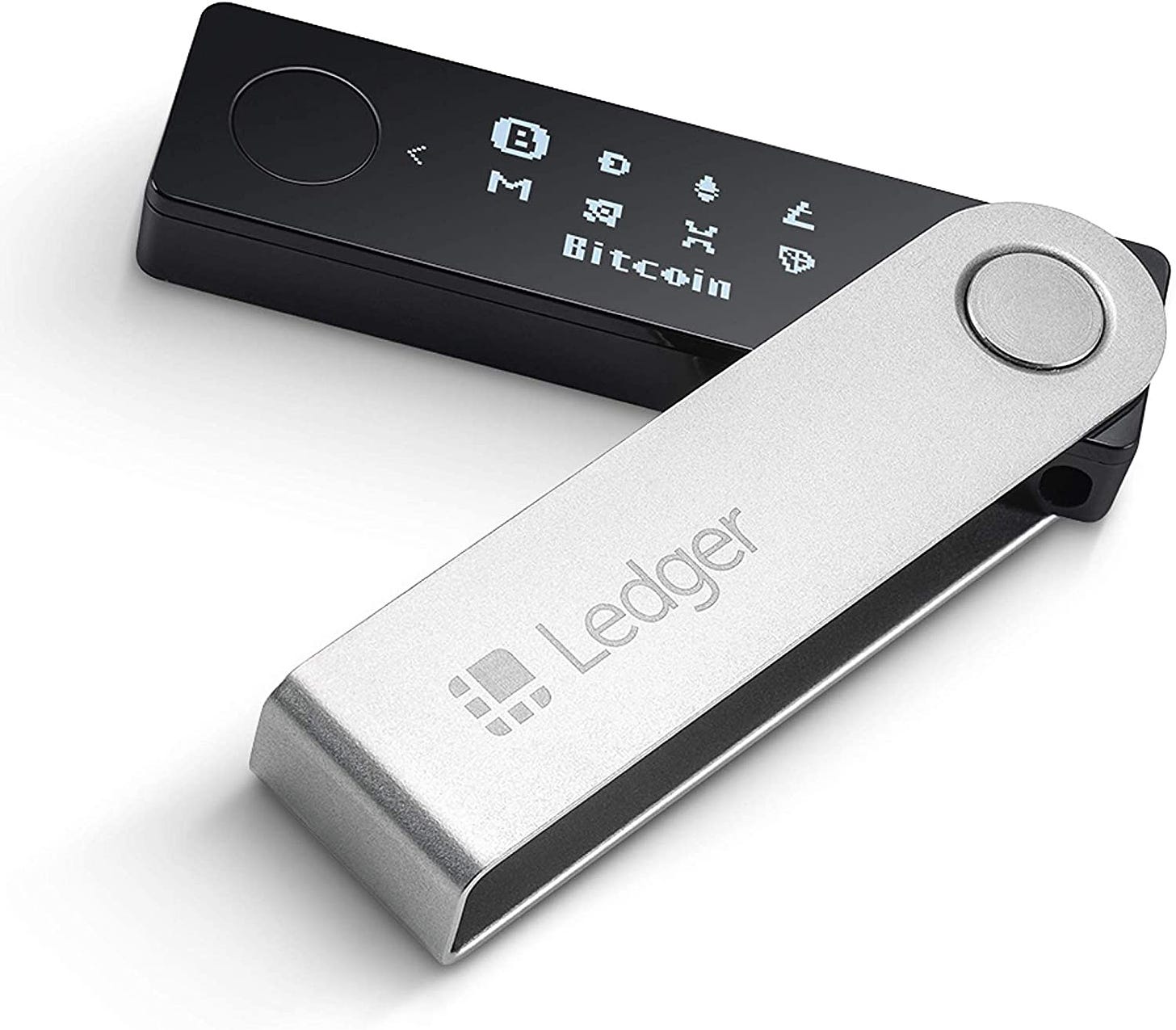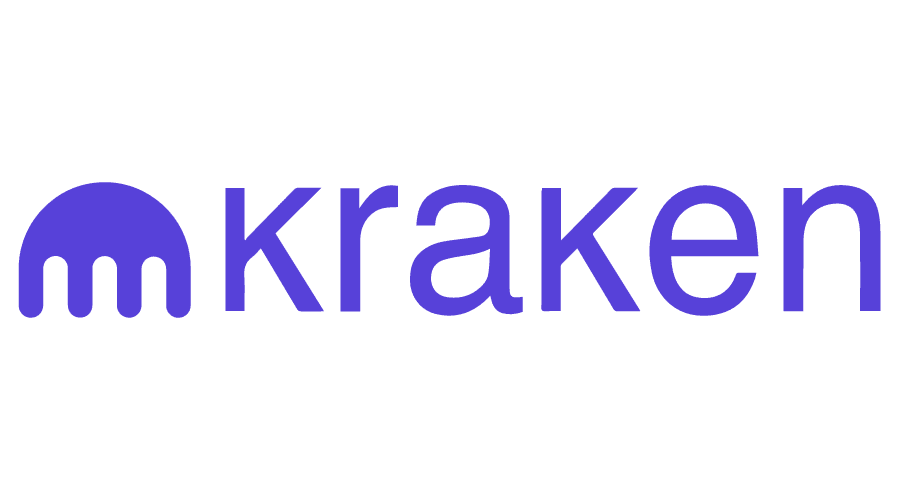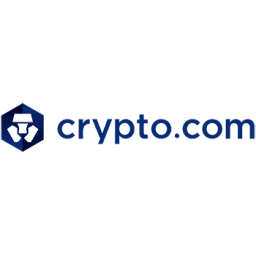I’m not generally an organized person. However, when it comes to cryptocurrencies, I like everything to be in its proper place. Ultimately, all of your cryptocurrencies is up to you to take care of. This is what crypto is all about, taking full ownership (responsibility) for ones money. With that though, comes the task of keeping track of keys, recording your transactions, and just generally not losing track of where you’ve kept your money. Over the years, I’ve devised my own strategy for organizing my cryptocurrencies. Now I’m going to share this with you.
Protection
The first topic of portfolio management I want to cover is protection. We never hear of the people that properly organized their Bitcoin wallets. But countless times, we’ve heard of lost passwords1, a thrown out hard drives2, and missing keys after the death of a founder of an Exchange3. All of this points to one thing:
Not your Keys, Not Your Coins — Andreas Antonopolous
At the end of the day, the only way to truly protect your assets and wealth is by holding the keys to your cryptocurrency directly.
Not All in One Basket
The first piece of advice I would give someone is to not keep all of your eggs in one basket. A single source of failure means a total loss if ever your computer or account is compromised. For me, I keep some of my funds in cold storage, some in hot storage, and the rest is spread across a couple of exchanges that I have decided to trust.
My Security Schema
In the interest of preserving my own security, I am going to speak in hypotheticals, rather than completely disclose my schema. The following schema is one that I would adopt in the most ideal of situations. If one follows each of these practices, then they should be protected against even the most sophisticated attacks.
Cold Wallet (Savings Account)
In the interest of not completely confusing my audience, I find it useful to relate new concepts to old ones. So for that reason, I’ll be talking about these kinds of wallets in banking terms. For example, a Cold Wallet is a lot like your savings account. It should be secure, and difficult for you or anyone else to touch the money inside of it.
MultiSignature Wallets
Most wallets require a single signature in order to move/access the funds located at that address. A multi-signature wallet is one that requires more than one signature in order to move. Multi-signature wallets are quite flexible in their design, opening up countless ways to design your own security. For example you can have:
2 of 3: 3 keys exist, ANY 2 are required to move funds
1 of 5: 5 keys exist, ANY 1 is required to move funds
7 of 7: 7 keys exist, ALL 7 are required to move funds
The benefit of multi signature wallets is that you can then take advantage of another common security practice.
Geographically Distributed Keys
Putting distance between you and your keys is a great way of detracting hackers, or thieves. The scenario you want to guard against, is someone breaking in, and holding you at gunpoint to steal your Bitcoin. You literally cannot give them your Bitcoin unless all of the keys required to move them are with you. It’s then advisable to create a multi signature wallet, and separate the various keys.
Keep Most in Your Cold, MultiSig Wallet
I only recommend the above schema for the funds you don’t intend on touching for a long period of time. I would think of my Cold MultiSig wallet as my savings account. This is where most of my money would sit, and I could retrieve it if I were in a real jam, but not without some difficulty.
Hot Wallet (Chequing Account)
I personally use cryptocurrency on a daily basis. We pay our contractors and employees with Bitcoin in my company on a monthly basis. Therefore, I have crypto that I need access to on a month to month basis. If you are a security maximalist, then you probably want to have your hot wallet be a hardware wallet like the ledger.
If you’re concerned about paying fees to the blockchain, then picking a custodial exchange that pays the fees for you may be your best bet. Here in Canada, we have ShakePay for that.
Which Exchanges Do I Trust to Hold My Money?
I would never recommend a service that I don’t use myself. I have carefully chosen to trust a couple of exchanges with a percentage of my portfolio. That is because I am leveraging some of the services they have to offer me such as lending, borrowing, and trading. What I look for in an exchange is the following.
Reputation / Track Record: How long has the exchange been operational? Do they have a good track record with respect to security, hacks, and dealing with customers?
Team: Who is the team behind the exchange. Who is the CEO, the CTO, the CFO, and the investors that are backing the venture.
Security: How does the exchange prove that it has implemented the best security practices? For this, I look for 3rd party security audits and certifications.
Insurance: Does the exchange have insurance for possible attacks and untimely losses? Will this insurance cover whatever funds I have kept on the exchange?
The exchanges I use on a weekly basis that satisfy these criteria for me are the following.
Kraken, Crypto.com, ShakePay (Canada Only), and Binance.
Preparedness
The second aspect to taking care of your portfolio is being prepared. For what exactly?
Be Prepared For Everything and Anything.
Prepared to Buy and Sell
One of the things I’ve noticed my friends doing, is not being prepared to buy when the opportunity presents itself. There may come a day when you want to buy Bitcoin, and if you haven’t signed up on the exchanges, and passed KYC ahead of time, then you may have to wait another day or two to get that figured out. This can really dampen your desire to buy crypto.
Secondly, I like to always have the ability to convert crypto to cash (Canadian Dollar) if I really need to. I want to be able to do this at a moments notice, and get my funds within 24 hours (ideally shorter). In order to make sure I am prepared to do this, I recommend getting set up on not one exchange, but two or three different ones. Go through their entire KYC process to make sure that when the time comes, you won't experience any friction in taking the action that you desire to take.
Prepared for Tax Time
This is incredibly important. I really cannot stress this point enough. I have done my crypto taxes every year since I started investing in 2015. In most countries, in order to properly report your crypto taxes, you need to record the following on each of your transactions.
The time the transaction occurred (timestamp)
The type of transaction (Trade, Income, Transfer)
The value of the transaction denominated in your local currency (USD, CAD)
For people that have one or two transactions per year, this is not a big deal. I personally have more than 10k transactions on a yearly basis. Recording each and every detail of every transaction is simply infeasible. So last year I discovered a service called Koinly that automates much of the process of keeping track of my transactions. I am able to import my transaction history for cold wallets, hot wallets, and exchanges. Then all I need to do is click a button, and my tax report for the current year is generated instantly.
Organization
Keeping my wallets, passwords, and keys organized is one of the only things I take great pride in keeping straight. Thats because the downside of disorganization is a total loss of funds. I use a password manager called BitWarden to keep all of my passwords organized. I use Google Authenticator for all of my 2FA. In order to make sure I don’t lock myself out of my accounts when I get a new phone, I backup the 2FA codes, and geographically distribute them.
Lastly, I keep a spreadsheet of my public keys. NOT MY PRIVATE KEYS, and NOT MY 12 WORD PHRASES. The point of keeping a record of my public keys is so that I can remember where I have money, and how much money is stored in that address.
Learning from Experience
The reason why I keep backups of my 2FA codes, is because I’ve been locked out of my exchange wallet before.
The reason why I recommend backing up EVERY 12 word phrase you’re ever given, is because I’ve lost Bitcoin and Dogecoin in a wallet I didn’t backup in 2015.
The reason why I recommend copying down every transaction, or using Koinly for taxes, is because I have experienced the pain of retroactively going through my exchanges and wallets. Tax season used to take hours and hours spread over days and weeks. Now it takes 1-2 hours in a single night.
The reason why I recommend being signed up on multiple exchanges is because I’ve found myself in a situation where I wanted to buy (and sell), but couldn’t because I was only on a single exchange, and it was down at the time.
I implore you to figure out a schema of organization that works for you. My situation works for me because I’ve chosen remedies to specific problems that I have faced. I think a lot of my readers have found themselves in one or more of these situations I’ve described. My hope is that you can take this information, and incrementally improve the organizational state of your finances, one step at a time.
Send me Your Questions
This is a topic I’ve been asked about many times over the years. If there is a topic I missed, or a question that was left unanswered about how I manage the security and organization of my portfolio, please send me an email at ready@gofullcrypto.com, or post your questions in the comments below!
All The Best,
Keegan Francis
Lost Password - https://www.businessinsider.com/bitcoin-owner-who-lost-password-made-peace-potentially-huge-loss-2021-1
Missing Hard Drive - https://www.ndtv.com/offbeat/british-man-james-howells-accidentally-throws-away-hard-drive-with-bitcoin-worth-280-million-2354148









